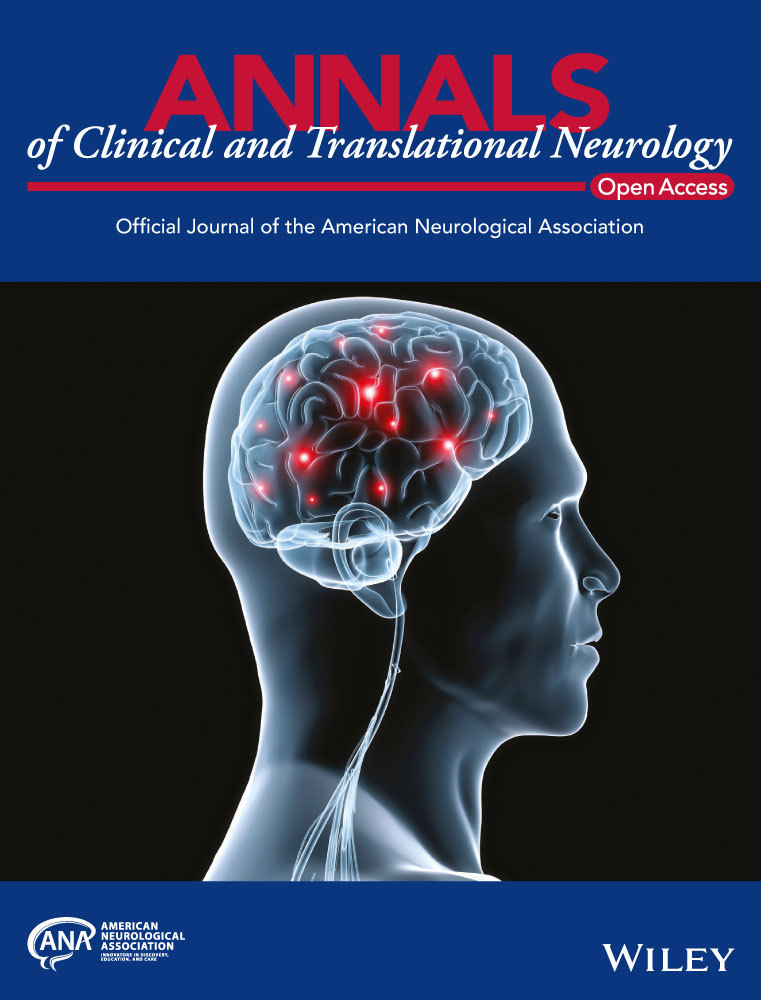Reply: Autosomal dominant segregation of CAPN3 c.598_612del15 associated with a mild form of calpainopathy
Funding Information
No funding information provided.
Dear Editor,
We were delighted to read the letter published by Dr. Cerino and colleagues noting that “autosomal dominant segregation of CAPN3 c.598_612del15 variant associated with a mild form of calpainopathy.1 The authors reported familial segregation analysis results along with phenotype, muscle MRI, and calpain 3 protein expression correlation studies in a family with heterozygous 15 base-pair in-frame deletion variant c.598_612del15 (p.Phe200_Leu204del) in CAPN3. These findings clearly indicate that this variant is associated with autosomal dominant mild form of calpainopathy similar to previous reports of another in-frame deletion c.643_663del21 (p.Ser215_Gly221del) and missense c.1333G> A (p.Gly445Arg) variants with fatty degenerative changes in muscle.2-5 As reported previously we identified this in-frame 15 bp deletion c.598_612del15 in total of 16 patients without a second pathogenic variant in CAPN3 indicating autosomal-dominant inheritance.6 We fully agree that this in-frame 15 base pair deletion is associated with autosomal dominant mild form of calpainopathy. This further enhances our understanding of the genotype–phenotype spectrum of calpainopathies. Our study6 and this report by Cerino and colleagues suggest that autosomal dominant forms and milder presentations of calpainopathy should be considered in the clinical and molecular diagnostic practice.
Conflict of Interest
The authors have no conflict of interest to declare.




